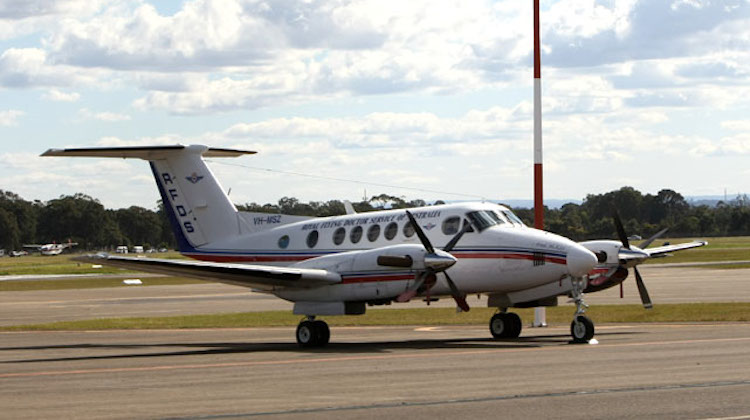
The Royal Flying Doctor Service (RFDS) South Eastern Section says recent upgrades to remote airports and aerodromes will enable it to access more people in need of medical care.
The improvements are part of the federal government’s Remote Airstrip Upgrade Program, which offers funding for improvements to airfields in isolated communities.
The scheme was allocated $33.7 million to be spent over four financial years in the 2015/16 federal budget towards grants to regional airports for safety and access upgrades.
Some 91 airstrips were allocated a combined $11.86 million in the fourth round of funding that was announced in February. The upgrades comprised things such as the installation of navigation aids, animal proof fencing and airstrip lighting, as well as the resurfacing of runways and taxiways.
Meanwhile, applications for the fifth and final round of funding closed on October 20.
RFDS South Eastern Section community development coordinator Sarah Little says the upgrades has improved access and safety for all aviation users.
“Having a larger network of designated night landing strips will mean shorter journeys for injured or unwell people in remote locations, which we believe will save lives,” Little said in a statement.
“Navigation aids and reliable lighting will enable us to work with confidence and increased safety in time-sensitive emergency situations, in darkness and in most weather conditions.”
The RFDS nominated 50 potential sites for airstrip upgrades, including Coolah, Goodooga, Ivanhoe, Louth, Packsaddle, Tilpa, White Cliffs and Yunta.
And for residents in the remote South Australian community of Innamincka near the Queensland and New South Wales border, the upgrades have made a big difference.
“We do feel a little exposed out here, 600kms from the nearest full-time doctor. Knowing that the Flying Doctor can now land here or in the township at night, gives us much greater peace of mind,” said local resident Jodie Keogh, whose husband manages Innamincka station.
“We’ve had eflares for about four years that allowed the RFDS to land here, but we’ve now been properly upgraded.
“A survey identified and removed potential obstructions around the airstrip and permanent metal stakes installed along its edges to hold the battery-operated flares.
“Innamincka is now the night time evacuation point for stations and communities within a 100km radius.”















